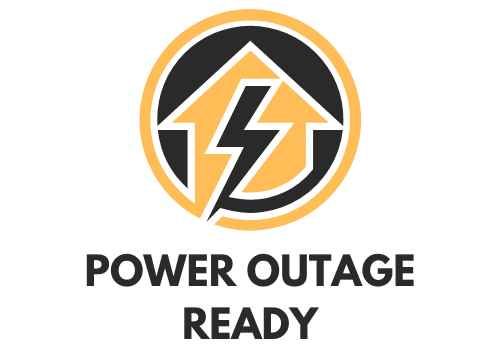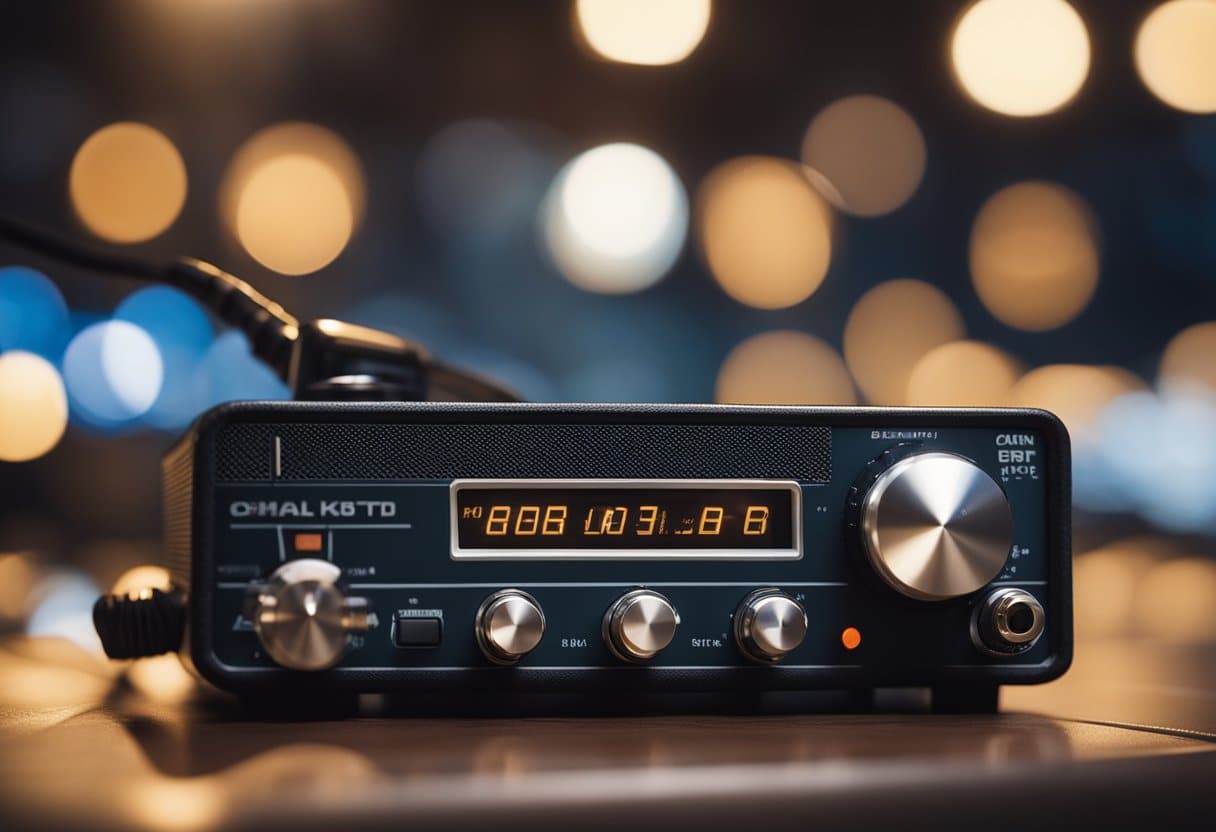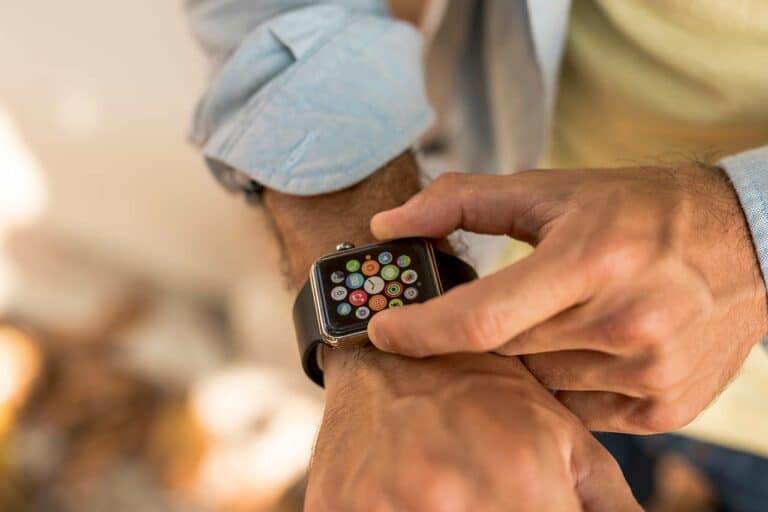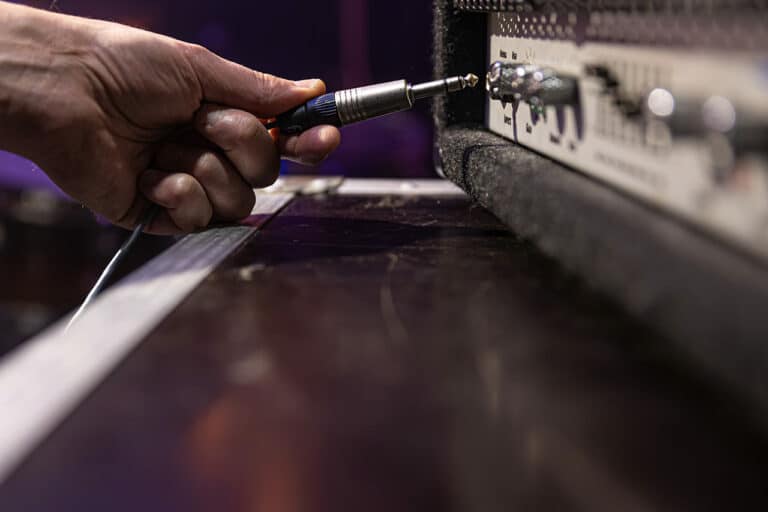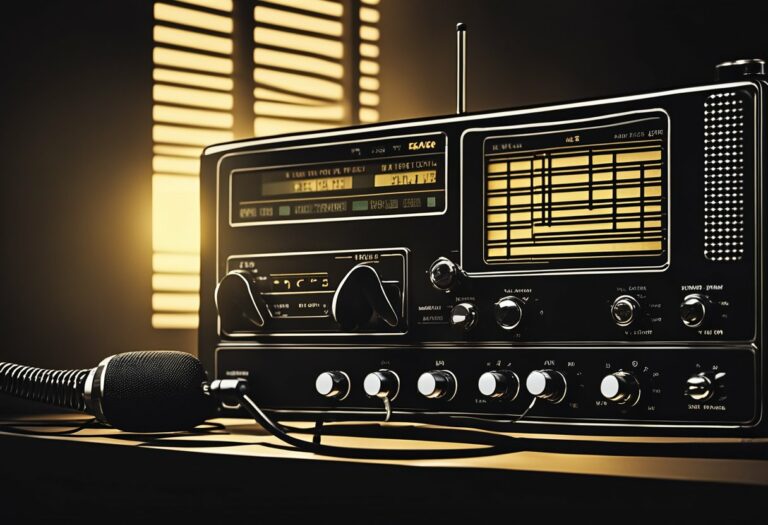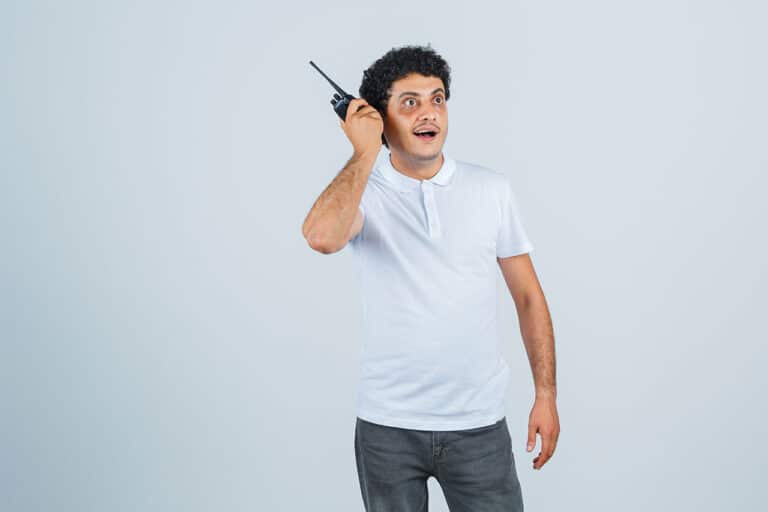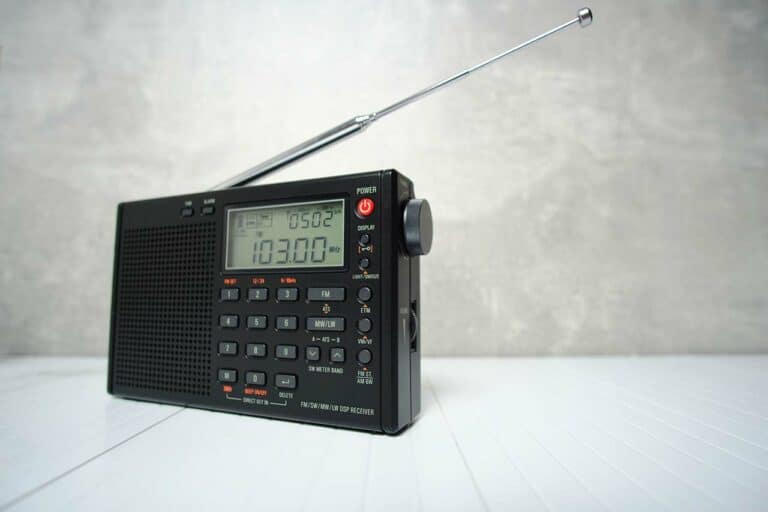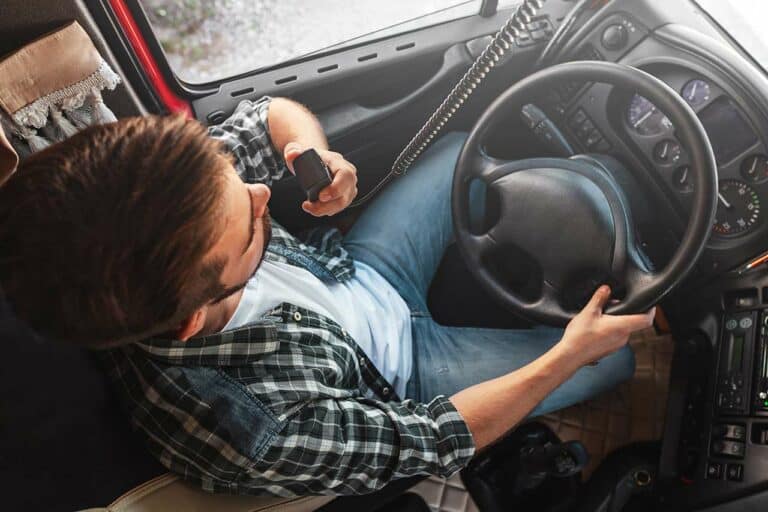CB Radio Basics: Guide For Beginners
CB radios, short for Citizens Band radios, have been a popular means of communication for decades. They’re an essential tool for truckers, off-roaders, and even emergency personnel. These public two-way radios allow users to communicate within relatively short distances, typically up to ten miles, making them perfect for sharing information on road conditions, traffic jams, and emergencies, like power outages.
The CB radio service operates on 40 channels and falls under the category of Personal Radio Service, which means it’s intended for both consumer and business use. In the U.S., there’s no need for a license to operate a CB radio, so you can get started with your CB radio journey without any hassles.
When setting up your first CB radio system, you’ll need to consider basic components such as the radio itself, the microphone, an antenna, and a power source. Getting familiar with these essentials will ensure your CB radio experience is smooth and effective. CB radios can be a critical communication tool in times of crisis.
The Fundamentals of CB Radio
CB radio, short for Citizens Band radio, is a type of land mobile radio system that allows bidirectional voice communication between two people over a short distance. With both parties using two-way radios, you can communicate with another user within a range of up to 10 miles. However, factors like terrain and weather can affect the transmission quality.
A basic CB system consists of four components: a CB radio, a CB antenna, an antenna mount, and coax. These systems are usually inexpensive, with basic setups costing less than $100 depending on the features you want.
There are different types of CB radios available, such as mobile CB radio, handheld CB radio, base station CB radio, and all-in-handset CB radio. Each type serves a specific purpose and any can be useful during a power outage, depending on your needs.
Choosing the best antenna is crucial for optimal performance of your CB radio. The quality, length, and installation location of the antenna all influence how well your system performs. Generally speaking, longer antennas are better, but the ideal type and positioning depend on where the CB radio is placed.
Regarding rules and regulations, it’s important to note that no license is required to operate a CB radio. However, there are usage and range limits as well as regulations on CB radio equipment that must be adhered to.
Using a CB radio is a fairly simple process, and mastering its operation won’t take you long. By following some basic guidelines, keeping your equipment well-maintained, and abiding by the relevant rules, you’ll become a proficient CB radio user in no time.
Components and Features
Basic Equipment
You’re gonna need a few things to get started with CB radio:
- CB radio unit: This is the actual radio that sends and receives signals.
- Antenna: A crucial piece of equipment, the antenna is responsible for transmitting and receiving signals. The taller and better quality your antenna, the better signal you’ll get.
- Mount & stud: This includes an L-bracket for connecting your antenna to a vertical surface and a stud to link your antenna and coax cable to the mounting surface.
- Coaxial cable: Connects your CB radio to the antenna. Choose a high-quality coax cable to avoid signal loss.
- Power supply: CB radios typically run on 12-volt power supplies. You can connect them to your vehicle’s electrical system or use a separate adapter.
Channels and Frequencies
CB radios operate on 40 channels, with frequencies ranging from 26.965 MHz to 27.405 MHz. Each channel is designated for a specific purpose:
- Channel 9: Reserved for emergency communications. This is likely where you’ll want to be in a power outage.
- Channel 19: Widely used by truckers for road updates and traffic reports. Good for if you’re stuck on the road during an outage.
- Channels 17, 31, and 37: Often used by recreational vehicles (RVs) for group communications. This can be useful if you’re in an RV when an outage occurs.
You can choose any available channel to communicate, but be aware of the designated channels and respect their purpose.
CB Radio Features
There are several features that can enhance your CB radio experience:
- Squelch control: Filters out background noise and weaker transmissions, helping you focus on the stronger signals.
- RF gain: Adjusts the radio’s sensitivity to incoming signals, giving you better control over weaker or stronger transmissions.
- Automatic Noise Limiter (ANL): Reduces electrical interference from your vehicle or other sources.
- Weather channels: Some CB radios offer access to NOAA weather channels, keeping you updated on weather conditions. This is a boon to have on your CB if weather is the cause of a power outage in your area.
- PA (Public Address) system: Lets you use your CB radio as a loudspeaker when connected to an external PA speaker.
Now that you’ve got a grasp on the basic components, channels, and features of CB radios, you’re ready to dive into the world of two-way radio communication.
Understanding Power and Range
CB radios have limitations in terms of power output and range. In this section, we’ll cover the basics concerning these two factors and help you gain a better understanding of your CB radio’s capabilities.
Power Output
The power output of a CB radio is measured in watts. The Federal Communications Commission (FCC) regulates the maximum power output for CB radios to prevent signal interference with other devices like TV and emergency communication radios. For CB radios, the FCC allows a maximum of 4 watts for AM signals. Manufacturers usually design radios with output values between 3 and 4 watts to stay within these limits and avoid fines.
Signal Reach
The range of a CB radio refers to the distance it can cover while maintaining effective communication. The range of a CB radio is highly dependent on the power output and other factors like the antenna type and location, terrain, and atmospheric conditions. It will be reduced during a power outage if the outage was caused by a storm.
Generally, CB radios have a short distance range, allowing communication across a range of up to 10 miles.
CB Radio Licensing
The FCC and CB Radio
The Federal Communications Commission (FCC) is responsible for regulating the use of CB radio in the United States. CB, or Citizens Band radio, falls under the “personal radio services” defined by the Code of Federal Regulations, Title 47, Part 95.
CB radio provides a communication platform for folks to share information, enjoy conversations, and stay connected with others. With 40 channels to choose from, you can communicate on both AM and Single SideBand (SSB) modes. SSB is less prone to noise and has a larger range compared to AM mode.
License Requirements
CB radio does not require a license to operate, even in PA mode This is one of the reasons it’s popular among emergency preparedness experts and communities alike.
That said, it’s essential to brush up on CB radio guidelines, study the FCC regulations, and follow the rules for the responsible use of channels. The most important thing is to ensure you’re using the correct equipment and staying within the 40 allowed channels, including Upper Sideband and Lower Sideband for SSB mode.
By understanding the FCC’s regulations surrounding CB radio and knowing you don’t need a license to operate it, you’re one step closer to staying connected, informed, and safe in times of need.
Special Features and Usages
CB radios provide various features and applications that can be useful in different situations. In this section, we’ll look at a few of the key aspects of CB radios and how they can be beneficial during a power outage.
Emergency Communications
CB radios can be an essential tool during blackouts as they provide a means of communication when other systems might become unavailable. When cell phone networks are overloaded or down, a CB radio allows you to stay connected with others in your area, share important information, and even call for assistance. By keeping a CB radio in your vehicle or home, you’ll have a reliable means of communication during critical situations, including power outages.
Weather Channels
If you want to stay informed about the weather conditions, several CB radios come with built-in weather channels that provide real-time updates from the National Oceanic and Atmospheric Administration (NOAA). These CBs are the most useful during an outage caused by weather. By monitoring the weather channels, you’ll be able to stay ahead of any potentially dangerous situations, can prepare for outages before they arrive, and have more information on when the power might come back on.
How To Use A CB Radio During A Blackout
In the midst of a power outage, a CB (Citizens Band) radio can emerge as a robust tool to pierce through the communication blackout, providing a lifeline to the outside world. Luckily, operating one is pretty straightforward.
Here’s a quick, easy-to-follow tutorial to ensure you can transmit and receive messages effectively, even when the lights are out.
Basic Operation of a CB Radio
- Turn it On:
- Turn on the CB radio using the power switch, which is often combined with the volume control.
- Select a Channel:
- Use the channel selector to choose a channel. Channel 9 is typically the emergency channel, and Channel 19 is often used for highway/truck communication, which is good for if you’re stuck on the road.
- Make sure to select a channel that is not currently being used for conversation. Listen for a moment to ensure it’s free before speaking.
- Hold the Microphone Properly:
- Hold the microphone about 1-2 inches from your mouth to ensure clear transmission.
- Press to Talk:
- To transmit your message, press and hold the “push to talk” (PTT) button on the side of the microphone. While holding down the PTT, begin speaking.
- Speak Clearly:
- Speak calmly and clearly, and keep your messages short and to the point to avoid tying up the channel.
- Release to Listen:
- Once you’ve finished speaking, release the PTT button to listen for responses. Remember, you cannot listen while the PTT is pressed down.
- Respond Politely:
- If someone responds to your transmission, wait for them to finish speaking before you reply.
A Few Additional Tips:
- Use CB Lingo: Using CB lingo and codes can help keep communication clear and concise. For instance, “10-4” means “OK” or “Message Received,” and “Over” indicates you’ve finished speaking and are waiting for a reply.
- Emergency Communication: If you’re in an emergency, it’s crucial to provide clear, accurate information and to remain calm. Note that Channel 9 is designated for emergency communications.
- Avoid Channel Interference: Do not try to communicate on the emergency channel (9) or on a channel someone else is using unless you have an emergency.
- Be Patient and Respectful: CB radio channels are shared, and others may be using the channel. Always wait for a pause in conversation before speaking and ensure you’re respectful in communication.
Remember, clear and courteous communication is vital, especially in situations like blackouts or emergencies, where stress levels might be higher. Ensure you’re concise, respectful, and patient while using a CB radio for effective communication.
